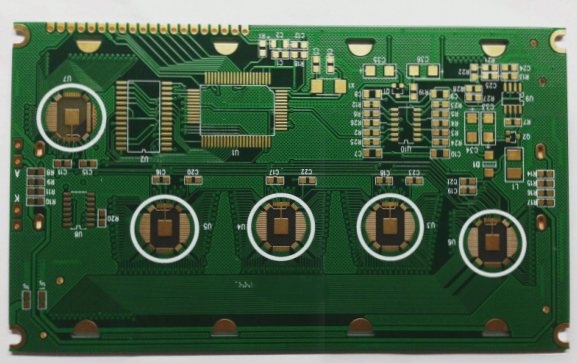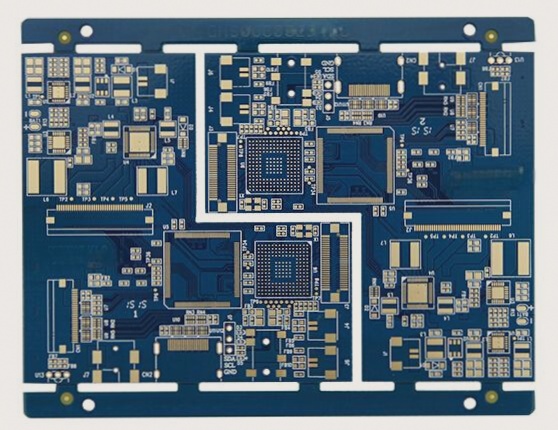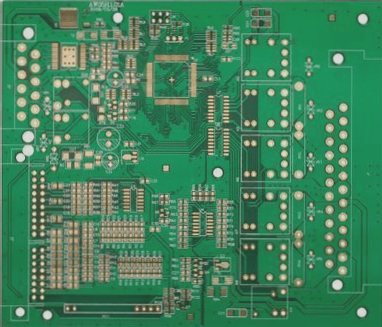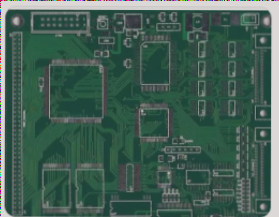Surface-Mount Devices (SMD) on Flexible Printed Circuits (FPC): Key Trends and Process Requirements
In the realm of miniaturized electronic products, a significant shift has been observed towards mounting surface-mount devices (SMD) on flexible printed circuits (FPC) in consumer goods. This trend is driven by the need for efficient space utilization in assembly, ultimately leading to the successful completion of the final product.
1. Conventional SMD Placement
- Features: Placement accuracy is not a critical factor, low component count, mainly resistors and capacitors with occasional special-shaped components.
- Key Process:
- Solder Paste Printing: FPC positioned on a dedicated pallet for printing, utilizing small semi-automatic printers or manual printing for less precision.
- Placement: Manual placement for most components, with the option of using a manual placement machine for higher accuracy requirements.
- Soldering: Reflow soldering as the preferred method, spot welding used in specific cases.
2. High Precision Placement
- Features: Essential MARK mark for substrate positioning on FPC, flat FPC surface crucial, challenging FPC fixation, and consistency maintenance in mass production.
- Key Process:
- FPC Fixation: Two methods based on placement accuracy – Method A for QFP lead spacing above 0.65mm, Method B for below 0.65mm.
- Solder Paste Printing: Utilization of a flexible scraper due to inconsistent FPC height with the pallet plane, solder paste selection critical.
- Mounting Equipment: Optical positioning system necessity for high-quality soldering, equipment parameter settings crucial for printing effect, placement accuracy, and soldering quality.
3. Additional Considerations
- Drying: Advisable to dry the FPC before mounting to ensure high assembly quality.




